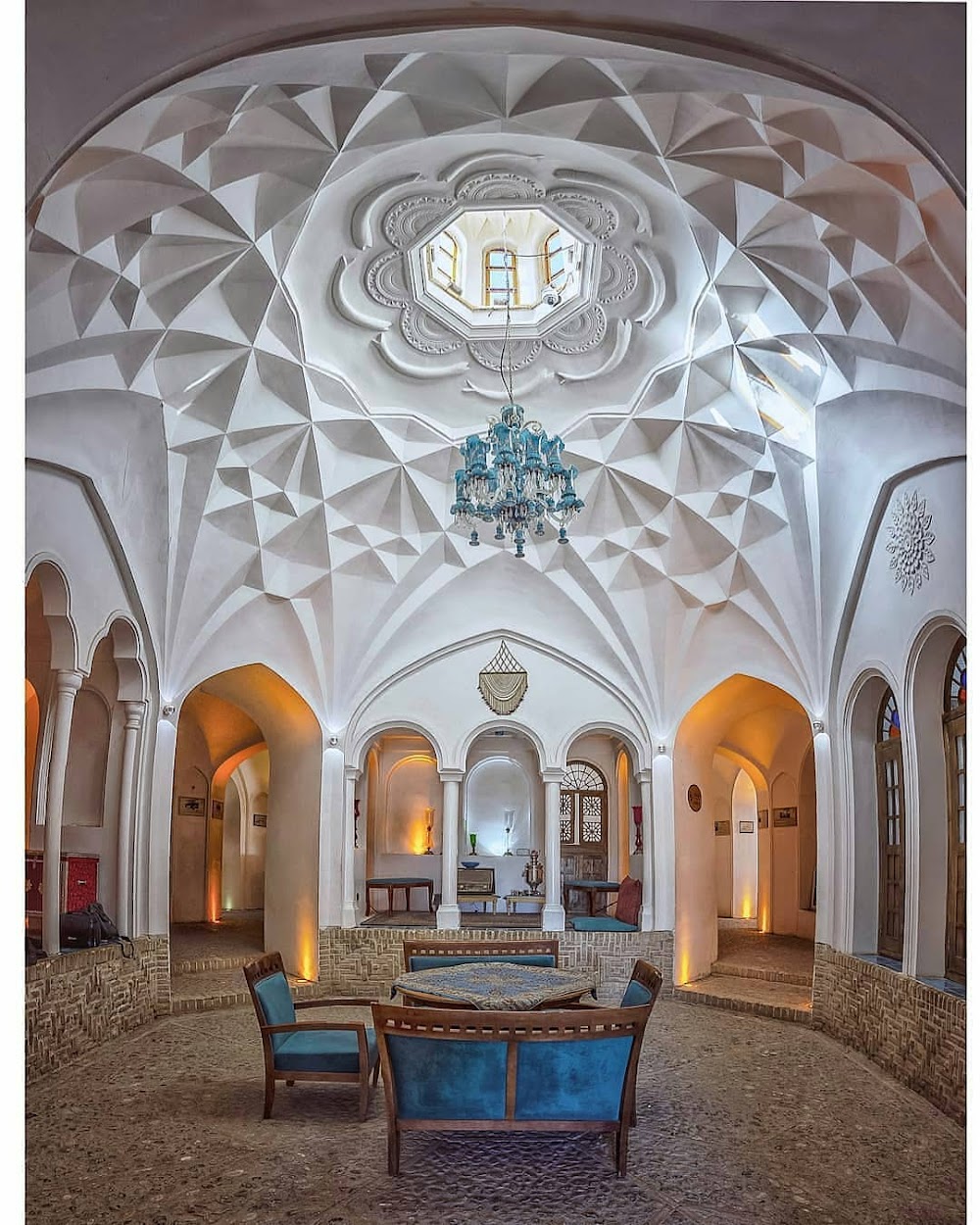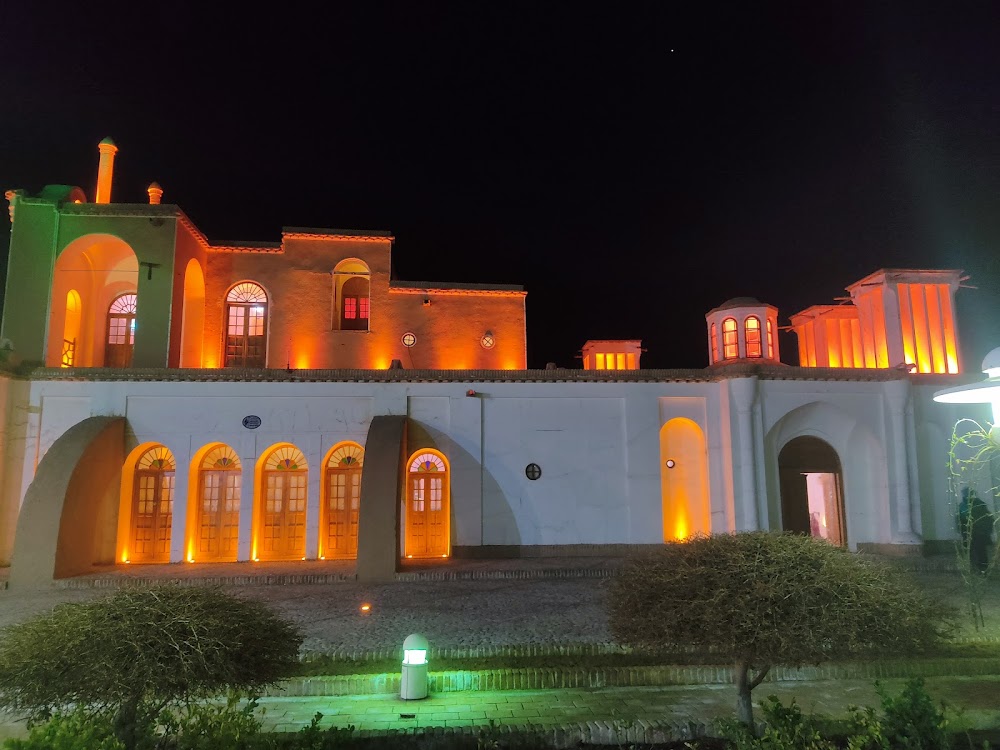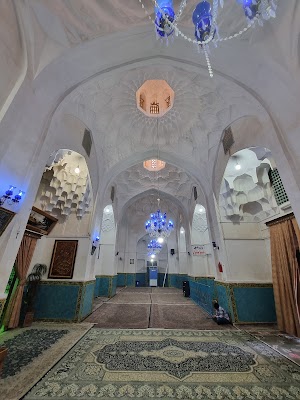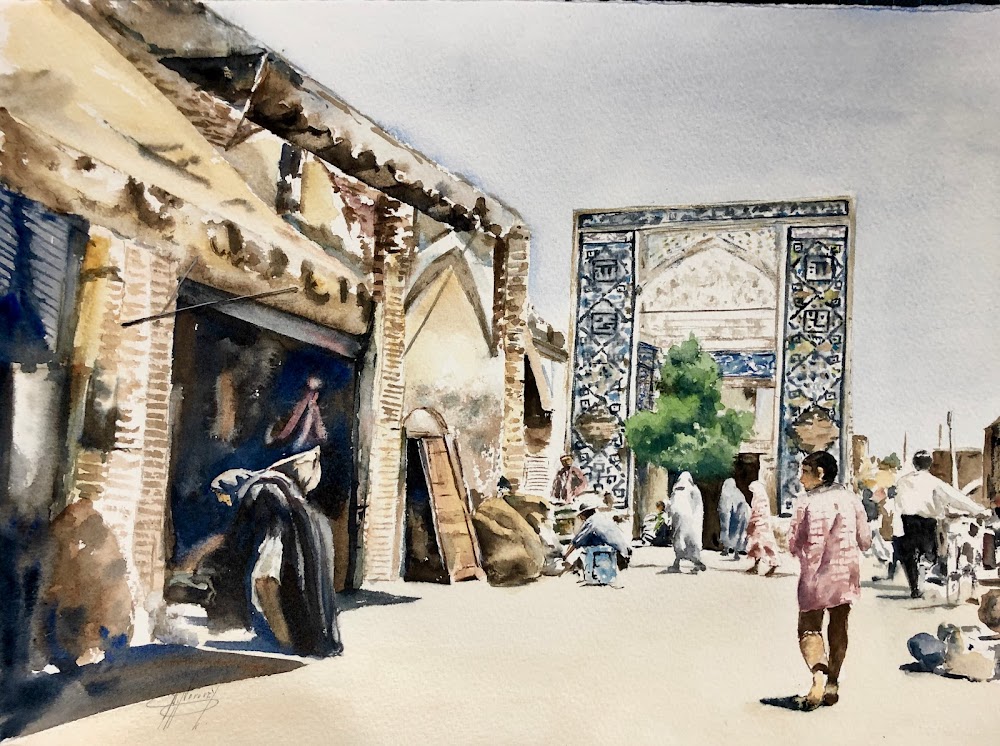Fathabad Garden (باغ فتحآباد)
Overview
**Fathabad Garden: A Jewel of Persian Design in Kerman, Iran**
Fathabad Garden, nestled in the enchanting city of Kerman, Iran, is a breathtaking representation of traditional Persian garden design. Also known as the Biglar Beigi Garden, this historic site dates back to the Qajar era and exemplifies the opulence and grandeur of that period. Commissioned in the 19th century by Fazl-Ali Khan Biglarbeigi, a local governor, the garden reflects the artistic and cultural richness of its time.
**Architectural Harmony and Natural Beauty**
Designed with meticulous attention to traditional Persian garden principles, Fathabad Garden showcases a harmonious blend of symmetry, aesthetics, and functionality. The architecture beautifully captures the essence of Persian culture, featuring essential elements such as water channels, a central reflecting pool, an elegant mansion, and charming pavilions surrounded by diverse flora.
At the heart of the garden lies a large rectangular pool, which mirrors the beauty of the surrounding structures, creating a serene and tranquil atmosphere. Water, a vital component of Persian gardens, plays a crucial role in fostering a sense of peace and divinity. Intricate water channels are thoughtfully designed to distribute water throughout the garden, ensuring irrigation while generating refreshing breezes that enhance the visitor experience.
**The Grand Mansion: A Testament to Craftsmanship**
The garden's centerpiece is the grand mansion, constructed using local materials and traditional techniques that highlight the superb craftsmanship of the era. This elegant building features intricate stucco work, stunning tile decorations, and beautiful wooden lattice windows. Historically, the mansion served multiple roles, functioning as both the residence of the governor and a venue for entertaining dignitaries and distinguished guests.
**Lush Flora and Refreshing Shade**
Fathabad Garden is adorned with an array of trees and plants that not only enhance its visual appeal but also provide shade and delightful fragrances. Cypress and pine trees, along with vibrant roses and fruit-bearing trees such as pomegranates and apricots, contribute to the garden's lush, verdant scenery. The flora is strategically arranged to create a natural yet organized aesthetic, inviting visitors to explore its beauty.
**Preservation and Restoration Efforts**
In recent years, Fathabad Garden has undergone thoughtful restoration, ensuring its historical significance is preserved for future generations. Modern restoration efforts have prioritized maintaining the authenticity of the original design while integrating necessary structural reinforcements. Today, Fathabad Garden stands as a testament to Iran’s rich cultural heritage, drawing both tourists and locals eager to admire its timeless beauty.
**Ingenious Engineering in an Arid Landscape**
The creation of Fathabad Garden required not only artistic vision but also impressive engineering skills to manage the water supply in Kerman’s arid climate. Engineers and craftsmen designed an ingenious system of qanats—underground channels that transport water from distant sources to the garden. This ancient method ensured a sustainable and reliable water supply, allowing the garden to flourish even in the surrounding desert landscape.
**A Cherished Landmark of Persian Culture**
In conclusion, Fathabad Garden is a quintessential example of Persian garden artistry, seamlessly blending nature, architecture, and engineering. Its historical roots, combined with the beauty of its design, make it a cherished landmark in Kerman, Iran. The garden continues to be a peaceful oasis, reflecting the enduring creativity and ingenuity of Persian culture, inviting all who visit to revel in its splendor.









